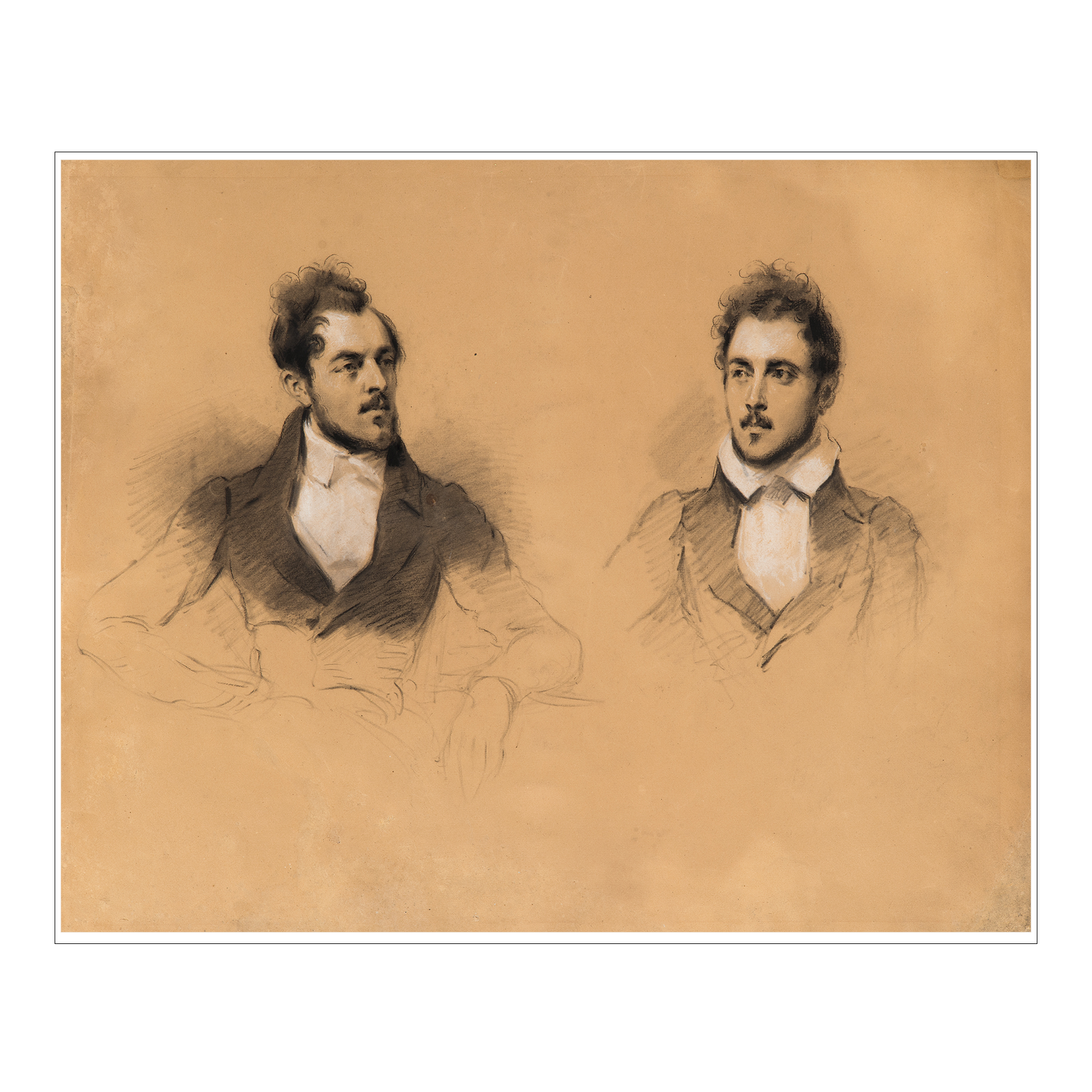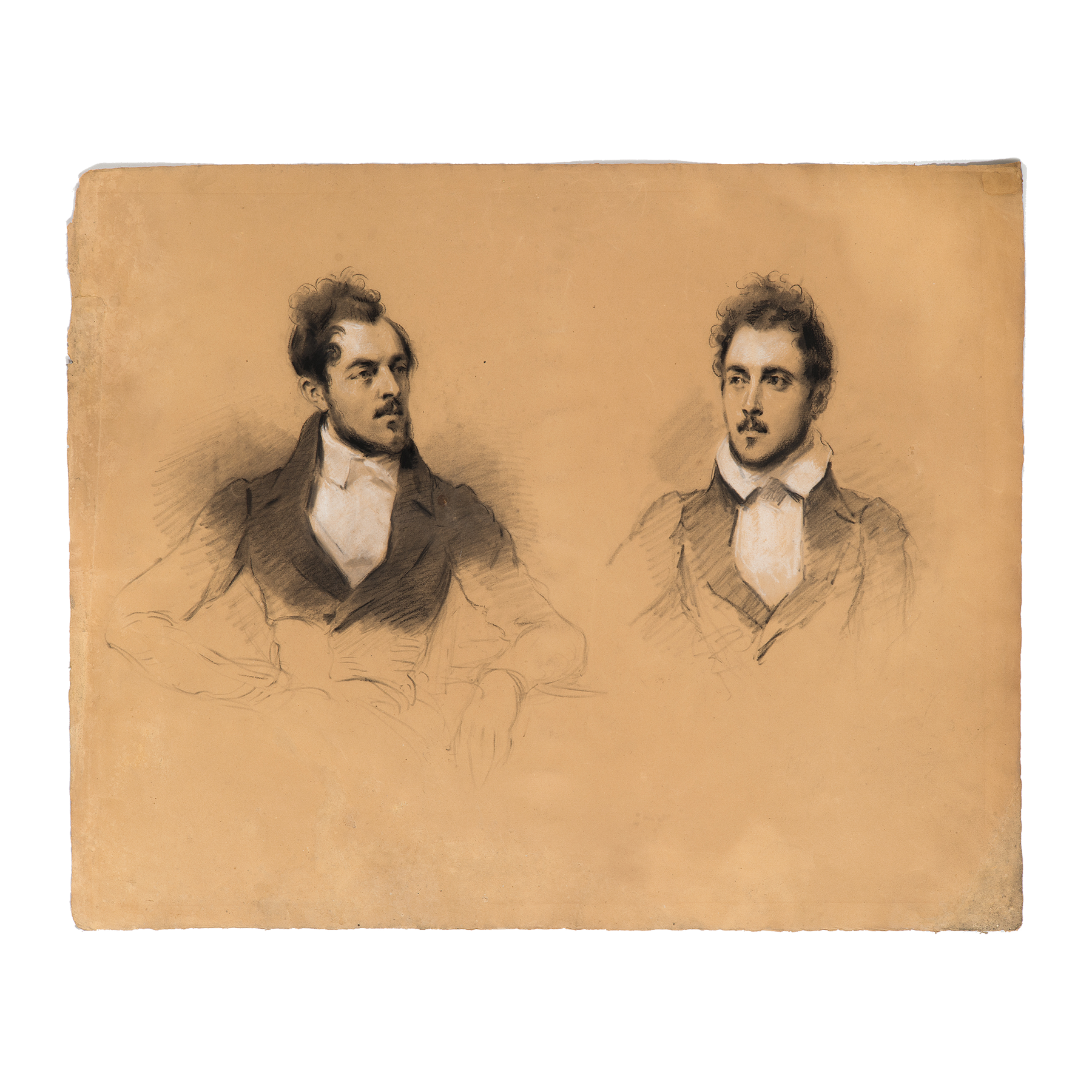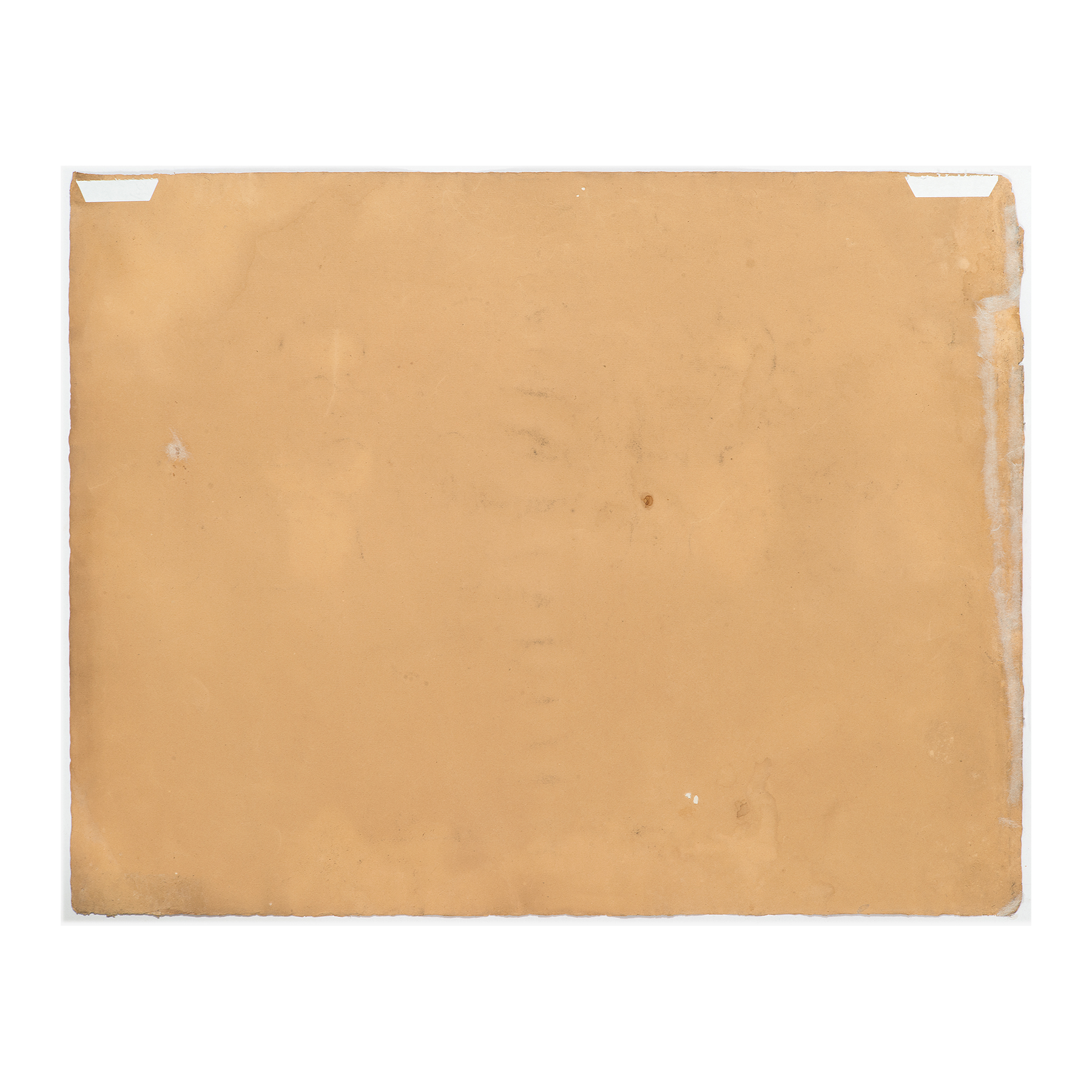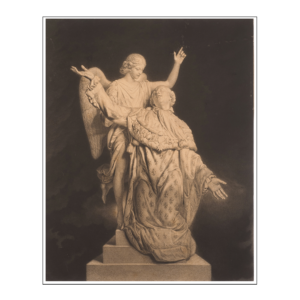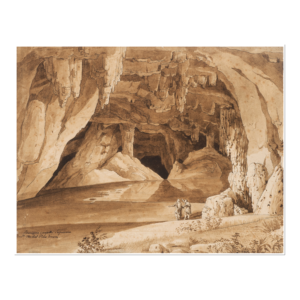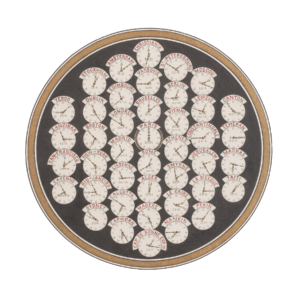Alphonse Leroy
Lille 1829 – 1902
Two Male Portraits
Charcoal and white chalk on beige paper.
460 x 600 mm – 18 1/8 x 23 5/8 in.
Born in Lille and trained in Brussels, Leroy settled in Paris in 1843 to complete his studies with the painter and engraver Charles Cousin whose atelier was situated in the Louvre. Leroy first specialized in reproductive engraving, a field in which he received numerous official commissions such as the facsimile of Corregio’s Madonna and Child, ordered by Napoleon III or, in collaboration with Wacquez, the reproduction of drawings from the Wicar collection commissioned by the duc de Luynes. In 1859, he exhibited at the Salon an album of 39 reproductions of drawings commissioned by Count Emilien de Nieuwerkerke, surintendant des Beaux-arts, who had the Chalcographie department in the Louvre buy many of them. Leroy was also very interested in photography, and executed several portraits.
Back in his native Lille, he founded a school of print in 1887 and taught printing in the Brussels Fine art school. He trained many pupils and, at his death, left an important group of drawings, prints, paintings and photographs which were given by his widow to the Musée des Beaux-arts in Lille.
A cheerful and outgoing artist, Leroy belonged to different rings of friends; during the time of his Parisian youth, he organized ‘Friday diners’ gathering his many friends, the painters Carolus-Duran, Alexandre Cabanel, Hector Hanoteau, Gustave Courvet, Paul Chenavard, Constant Troyon, François-Louis Français and Camille Corot, the writers the Goncourt brothers, Paul de Musset, Henri Dumesnil and Paul Gachet and also the sculptor Aimé Millet. With Paul Gachet, Leroy joined the société des éclectiques (society of the eclectics) created by Aglaüs Bouvenne in order to help artists in need.
These animated portraits, full of life and humor, may have been executed during one of these friendly gatherings. These two portraits are very much alike, and it is tempting to see a double portrait of the same man. However, they differ by small details: they don’t wear their collar in the same fashion, their eyelids and nose are differently shaped and one has a balder forehead and temples than the other. The man on the left seems a little older than the one on the right. They could therefore as well be two different men looking very much alike.
